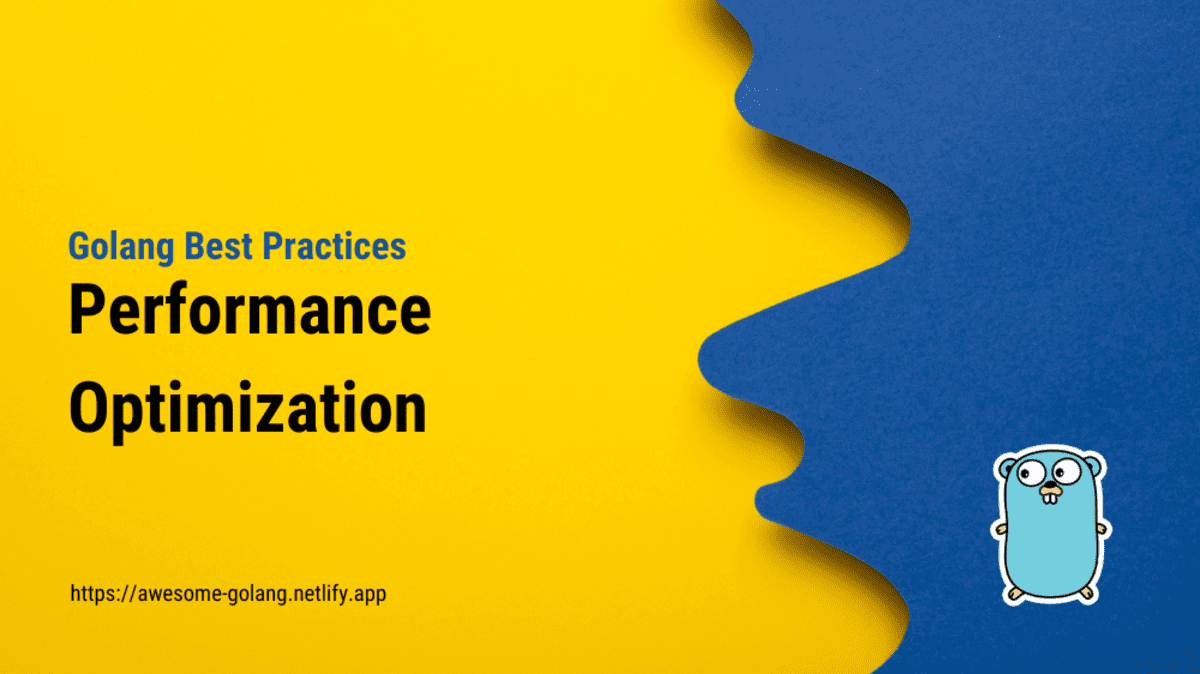In this article, we’ll unlock the secrets of turbocharging your Golang apps. You’ll learn battle-tested techniques to crush performance bottlenecks and take your code from zero to hero.
We’ll show you how the pros optimize everything – from memory usage to concurrent processing. With these powerful tools in your toolbox, you’ll leave those performance problems in the dust. Your users will be amazed at the speed and smoothness of your apps.
So what are you waiting for? Read this article now and transform your Golang code from slow-mo to fast and furious! Once you master these performance optimization skills, you’ll gain the power to create the fastest, most responsive Golang applications imaginable. The need for speed awaits – let’s do this!
{{< toc >}}
Profiling Golang Code for Bottlenecks
Profiling is the process of analyzing our code’s runtime behavior to identify performance bottlenecks. Golang provides powerful built-in tools for profiling, allowing us to pinpoint areas that require optimization. The two primary profiling methods in Golang are CPU profiling and Memory profiling.
CPU Profiling
CPU profiling helps us identify which parts of our code consume the most CPU time. By understanding the hotspots, we can focus on optimizing critical sections for better performance. Let’s see how we can enable CPU profiling in our Golang application:
package main
import (
"os"
"runtime/pprof"
)
func main() {
f, _ := os.Create("cpu_profile.prof")
defer f.Close()
pprof.StartCPUProfile(f)
defer pprof.StopCPUProfile()
// Your Golang application code here
}
After running our application with CPU profiling enabled, we can analyze the cpu_profile.prof file using tools like go tool pprof.
Memory Profiling
Memory profiling helps us identify memory allocations and usage patterns in our code. It enables us to detect memory leaks and optimize memory-intensive operations. To enable memory profiling, we can modify our Golang code as follows:
package main
import (
"os"
"runtime/pprof"
)
func main() {
f, _ := os.Create("memory_profile.prof")
defer f.Close()
pprof.WriteHeapProfile(f)
// Your Golang application code here
}
Similar to CPU profiling, we can analyze the memory_profile.prof file using go tool pprof to identify memory-related issues.
Reducing Garbage Collection Overhead
The Golang Garbage Collector (GC) is responsible for managing memory allocations and freeing up unused memory. However, GC can introduce performance overhead due to its periodic execution. To optimize performance, we should aim to reduce GC overhead.
Use Pointers Wisely
Creating many unnecessary pointers can trigger frequent GC cycles. Instead, consider using values or arrays directly wherever possible to minimize memory allocations.
Sync.Pool for Reusable Objects
Sync.Pool is a built-in Golang package that helps reduce memory allocations by reusing objects. It is particularly useful for frequently allocated and deallocated objects, such as HTTP request/response structures.
package main
import (
"sync"
)
var myPool = sync.Pool{
New: func() interface{} {
return &MyObject{}
},
}
func MyFunction() {
obj := myPool.Get().(*MyObject)
defer myPool.Put(obj)
// Use the object for processing
// ...
}
By using Sync.Pool, we can significantly reduce GC pressure and improve overall performance.
Optimizing I/O and Database Operations
I/O and database operations can be potential performance bottlenecks, especially when dealing with large datasets. Let’s explore some techniques to optimize these operations.
Buffered I/O
For file or network I/O, prefer using buffered I/O (bufio) instead of unbuffered reads and writes. Buffering reduces the number of system calls and improves I/O efficiency.
package main
import (
"bufio"
"os"
)
func main() {
file, _ := os.Open("data.txt")
defer file.Close()
reader := bufio.NewReader(file)
// Read data using reader
// ...
}
Database Connection Pooling
In database operations, maintaining a connection pool can significantly reduce the overhead of creating new connections for each request. Popular database libraries in Golang, like database/sql, have built-in support for connection pooling.
package main
import (
"database/sql"
_ "github.com/go-sql-driver/mysql"
)
func main() {
db, _ := sql.Open("mysql", "user:password@tcp(localhost:3306)/database")
defer db.Close()
// Use the db object to execute queries
// ...
}
By reusing connections from the pool, we minimize the connection establishment overhead and achieve better database performance.
Conclusion
Congratulations, dear learners! You have completed your crash course in Golang performance optimization. We explored the fascinating world of profiling, reducing GC overhead, and optimizing I/O and database operations. Armed with these techniques, you are now ready to transform your Golang applications into speedy, efficient, and robust masterpieces. Remember, performance optimization is an ongoing journey, so keep practicing, exploring, and refining your skills to create exceptional software that leaves a lasting impression on your users! Happy coding!




